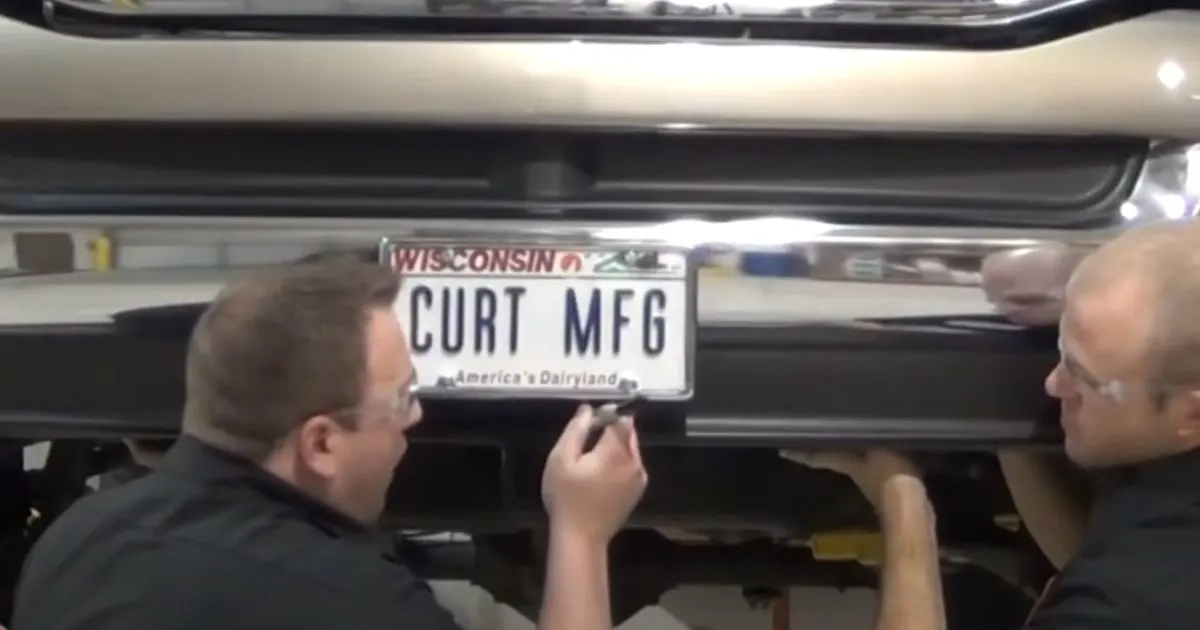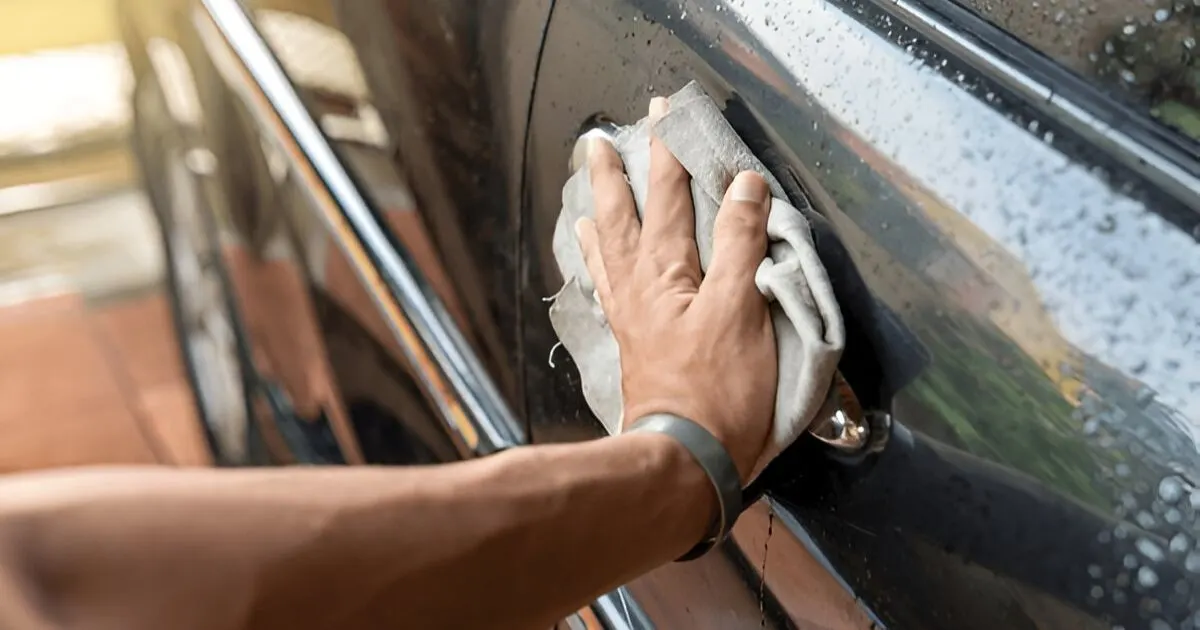
The front fascia of a car refers to the front part, including the grille, headlights, and bumper. It plays a crucial role in a vehicle's aesthetics and functionality.
Understanding the front fascia is essential for any car enthusiast or potential buyer.
It's the first thing people notice, setting the tone for the car's design and style.
Beyond its visual appeal, the front fascia serves practical purposes. It houses important components like the cooling system and safety features.
The design also contributes to aerodynamics, affecting fuel efficiency and performance.
Manufacturers often update the fascia in facelift models, keeping the vehicle looking fresh. For those looking to customize their car, modifying the front fascia is a popular option.
This part of the car is a blend of form and function, reflecting the vehicle's identity while ensuring it performs efficiently on the road.
Introduction To Front Fascia
The front fascia of a car is its signature feature. It is the front end of a vehicle's bodywork. This part includes the grille, headlights, and bumper. It shapes a car's identity and appeal.
First Impressions: The Face Of The Car
The front fascia is vital for a car's first impression. It defines the vehicle's character. Designers focus here to create a memorable look.
Terminology And Common Confusion
People often confuse front fascia with the bumper. The fascia includes the bumper but is not limited to it. It covers the entire front section of a car's body.
 Anatomy Of The Front Fascia
Anatomy Of The Front Fascia
Anatomy Of The Front Fascia
The front fascia of a car is its face, featuring key elements that define its character and functionality.
It's not just a design statement but also an integral part of the vehicle's aerodynamics and safety features.
Let's delve into the anatomy of the front fascia to understand its importance.
Key Components
The front fascia comprises several crucial components:
- Grille: Allows airflow to the engine bay.
- Bumper: Absorbs impact in collisions.
- Headlights: Illuminate the road ahead.
- Fog Lights: Improve visibility in difficult conditions.
- Air Dams: Direct air for cooling and aerodynamics.
- Sensors: Aid in driving and safety systems.
Materials
Materials used in front fascias vary:
| Material | Properties |
|---|---|
| Plastic | Lightweight, flexible, cost-effective |
| Carbon Fiber | Strong, light, but more expensive |
| Metal | Durable, but heavier |
Design Evolution Through The Years
Front fascia designs have evolved significantly:
- Early cars had simple, utilitarian fronts.
- Designs in the mid-20th century became more distinct.
- Modern cars showcase complex shapes and advanced materials.
- Technology integration has become a priority.
- Future trends point to even more personalized options.
Functional Role Of The Front Fascia
The front fascia of a car is not just for looks. It plays a vital role in the vehicle's functionality.
This section of the car, often referred to as the bumper, integrates important car features.
Let's delve into the functional roles of the front fascia.
Aerodynamics And Performance
The front fascia's design influences a car's aerodynamics. It streamlines airflow across the body.
This reduces drag and boosts fuel efficiency. A well-designed fascia can also improve stability and handling.
It guides air to cool the brakes and engine.
Protection And Safety Features
Front fascias house safety features. They include crumple zones and airbag sensors. These elements absorb impact in collisions.
They protect passengers and pedestrians. Some fascias also support advanced driver assistance systems (ADAS). These systems include cameras and radar.
They help prevent accidents.
Aesthetic Importance
The front fascia of a car is more than just a protective piece. It plays a crucial role in the car's aesthetics.
This section of the vehicle can significantly influence its overall appearance. Let's explore how the front fascia serves as a canvas for expression and style.
Brand Identity And Styling
Front fascias are key to a brand's visual signature. They help distinguish one car maker from another.
For instance, BMW's kidney grille or Audi's cascading grille are iconic. These features are instantly recognizable.
They symbolize the maker's heritage and design philosophy. Think of the front fascia as the car's face.
It sets the first impression and can communicate luxury, sportiness, or ruggedness.
Customization And Personalization
Car owners often see their vehicles as an extension of their personality. The front fascia presents a prime opportunity for customization.
Options range from custom grilles to unique lighting arrangements. These modifications allow owners to stand out.
They can make a statement on the road.
Personal touches on the front fascia can transform a standard vehicle into a reflection of its owner's tastes and preferences.
Impact On Vehicle Value
The front fascia of a car is more than just an aesthetic feature. It plays a significant role in the vehicle's overall value.
Whether you're planning to resell your car or trade it in, understanding the impact of the front fascia on its worth is crucial.
Resale Considerations
The front fascia's condition directly affects a car's resale price. Buyers first notice a vehicle's exterior.
A well-maintained front fascia suggests careful ownership. This increases buyer confidence and the car's value.
On the flip side, damage or wear can greatly decrease its appeal and worth. Regular maintenance and prompt repairs are key.
Influence On Consumer Choices
The design of a car's front fascia influences consumer preferences. A stylish and modern front end can make a car stand out.
This leads to higher demand and better resale value. Manufacturers often update the front fascia to keep models fresh and desirable.
A car with an outdated front fascia may sell for less. It's important to consider trends and design when assessing value.
 Maintenance And Care
Maintenance And Care
Maintenance And Care
The front fascia of a car is its face. It combines aesthetics with functionality. Proper maintenance and care can extend its life and keep your car looking fresh.
This section covers essential tips to maintain the front fascia.
Cleaning And Upkeep
Regular cleaning is crucial for the front fascia. Dirt and debris can cause scratches. Here are steps to keep it in top condition:
- Wash regularly with car-specific cleaners.
- Rinse thoroughly to remove all soap.
- Dry with a soft cloth to avoid water spots.
- Inspect for damage during cleaning.
- Apply a protective wax or sealant twice a year.
Common Issues And Repairs
The front fascia can face several issues. Common ones include cracks, scratches, and fading. Here's how to address them:
| Issue | Repair Method |
|---|---|
| Scratches | Use a scratch removal kit or seek professional help. |
| Cracks | Small cracks can be fixed with plastic adhesive or filler. |
| Fading | Restore with a plastic restorer or repaint the area. |
For best results, consult a professional for major repairs. They have the right tools and expertise.
 The Front Fascia In Car Culture
The Front Fascia In Car Culture
The Front Fascia In Car Culture
The front fascia of a car isn't just a part. It's a statement. It's the face that carmakers give their vehicles - the first thing you see and the last thing you forget.
In car culture, it represents style, brand identity, and even performance.
The fascia includes the grille, headlights, bumper, and other features that form a car's "face." Let's dive into how this component has shaped automotive history and culture.
Iconic Designs In Automotive History
Iconic car front designs tell stories of innovation and artistry. They mark eras and inspire generations. Some have become cultural symbols, recognized worldwide.
- Ford Mustang: Its aggressive grille and sharp lines scream power.
- Volkswagen Beetle: The friendly face of the Beetle is unforgettable.
- Chevrolet Camaro: The bold and muscular stance defines American sports cars.
Role In Motorsports And Tuning
In motorsports, the front fascia is critical. It enhances aerodynamics and cooling, crucial for performance. Tuners often modify fascias to reflect their style and improve car capabilities.
| Aspect | Importance in Motorsports |
|---|---|
| Air Intakes | They provide better engine cooling. |
| Spoilers | They reduce lift and improve stability. |
Tuning fans also change fascias to show uniqueness. They use custom lights, grilles, and bumpers for a personal touch.
 Future Trends And Innovations
Future Trends And Innovations
Future Trends And Innovations
The front fascia of a car is evolving fast. New trends and innovations shape its future. Let's explore these changes.
Advancements In Materials And Technology
Car makers now use advanced materials for the front fascia. These materials are lighter and stronger. They help cars use less fuel and go faster.
- Carbon Fiber: Super strong and light. It makes cars quicker.
- Polymers: Flexible and durable. They resist damage better.
New technologies also play a big role. They make the front fascia smarter.
- Sensors: These help with parking and avoiding crashes.
- LED Lighting: Brighter and uses less power. It lasts longer too.
The Fascia's Role In Electric Vehicle Design
The front fascia is crucial for electric vehicles (EVs). It helps improve performance and looks.
EVs don't need big grills for air. So, designers can do new things with the space. They can add more sensors or make the car more aerodynamic. This helps EVs go further on a single charge.
- Aerodynamics: Smooth shapes reduce drag. This boosts range.
- Cooling Systems: Smaller grills mean designers need clever ways to keep batteries cool.
Both materials and tech will keep changing the front fascia. These changes make cars better for everyone.
Conclusion
Understanding the front fascia of a car is crucial for any vehicle enthusiast or owner.
It's not just an aesthetic component; it plays a key role in vehicle aerodynamics and houses important features.
Keep this term in your car vocabulary, as it represents both form and function in automotive design.
Remember, the front fascia is the face of your car—take care of it well.
Disclosure
Some links may be affiliate links. That means we may earn a small commission at no extra cost to you.